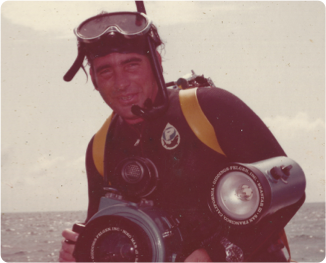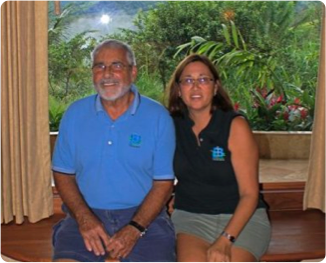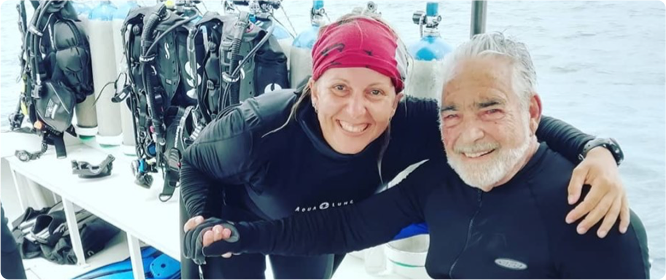The Best Scuba Diving Tours in
Costa
Rica
Learn Everything About Costa Rica Scuba Diving
Are you ready to book your Costa Rica scuba diving trip but don't know where to start? Planning a diving trip can be complicated. With so many dive sites to choose from and the need for reliable information, it can feel overwhelming to figure out where to start. That's why we're here.
At Bill Beard's Costa Rica, we're passionate divers who know Costa Rica inside out. We've gathered all the necessary information to make your diving trip smooth and enjoyable.
We give you access to dive sites, local marine life, and diving conditions. Trust us to guide you through every step so you can focus on the adventure and leave the stress behind.
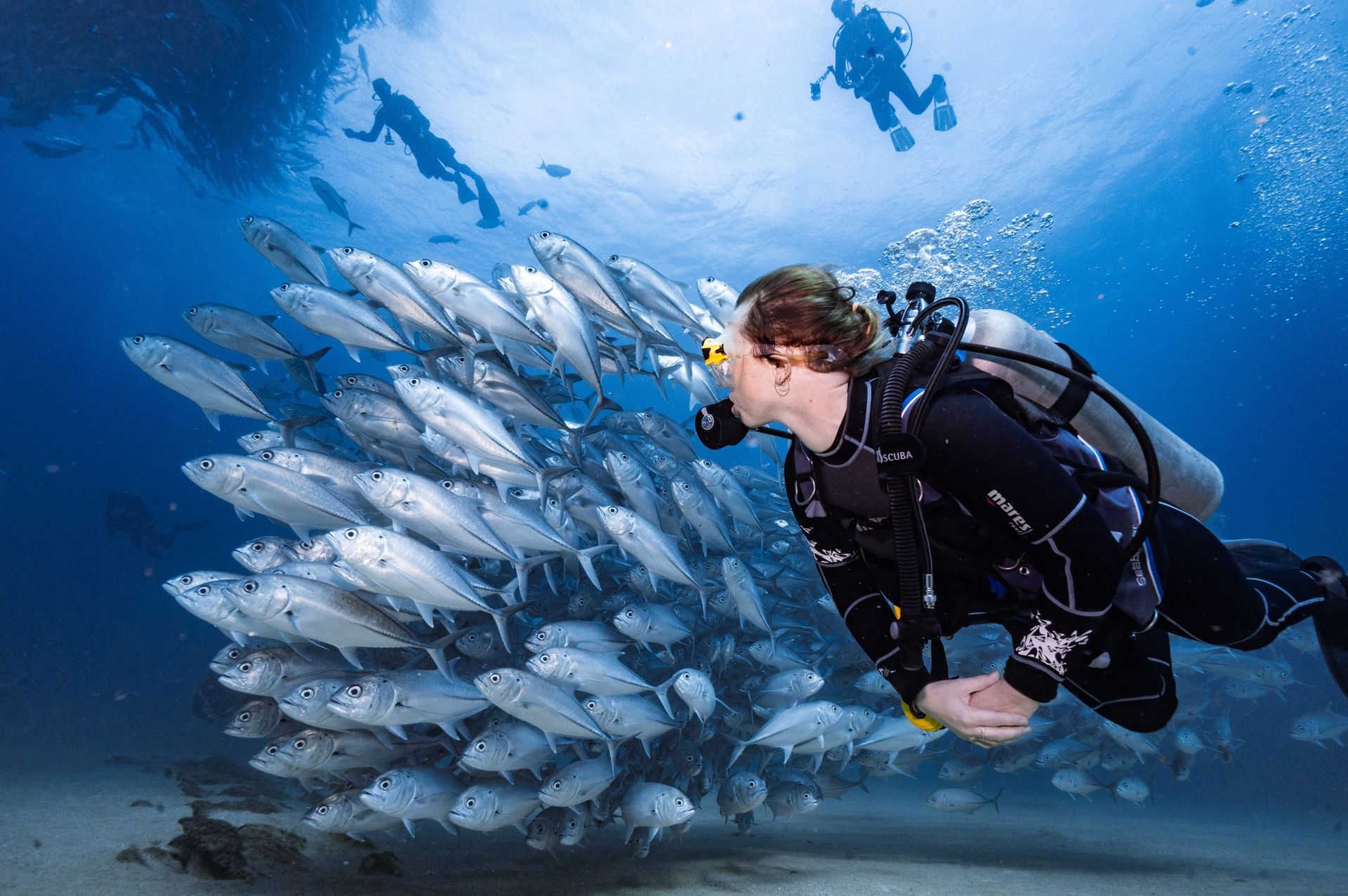
Why Should You Add Diving in Costa Rica to
Your Travel Story?
Costa Rica is widely recognized as one of the world's most biodiverse nations. This small yet beautiful country is between two oceans and is home to several ecosystems above and below the water. No wonder it is fast becoming a hot spot for scuba diving, particularly along Costa Rica's Pacific coast.
Witness Amazing Whale Migrations
From August to November, scuba divers can have some "noisy" dives with whale chatter. Southern Pacific humpbacks frequently visit, making their trek 1000 miles from Antarctica to mate/birth in the warm, shallow waters off our coast.
From January to March, there is another migration of humpback Whales from the North to escape the Arctic winter.
Ideal Water Temperatures for Your Dive
Ocean temperatures with warm waters range from 23°C/73°F to 29°C/84°F on average. Costa Rica experiences an influx of cooler water from December to April, with averages ranging from 20°C / 68°F to 25°C/76°F. Seasonal air temperature along the coasts ranges from 27°C/82°F in the green season to 35°C/95°F in the hot, dry summer months from December to April.

Perfect Visibility for an Unforgettable Diving Experience
On average, visibility tends to be better during the warmer water months from June to November; however, even during those months, divers can experience a wide range of visibility, ranging from 30m/100ft to 5m/15ft, from dive to dive.
Even with low visibility, the water is nutrient-rich with plankton, which attracts tons of marine life and huge schools (universities!) of fish. The reefs are volcanic rock pinnacles, so instead of beautiful corals, you'll find abundant colorful fish and other marine life that'll make for exciting and fun diving.
Be prepared to see whale sharks, white-tip reef sharks, sea turtles, and giant manta rays!
Navigate the Costa Rican Currents and Surge
The Dry season is known for winds that sweep down from the north creating choppier ocean surface, and greater surge presence. Green season (May-November) offers predominantly calmer ocean conditions. Most sites are not generally visited by strong current. Cocos islands is the exception and can experience heavier currents and surges.

Top Places to Stay
At Bill Beard's Costa Rica, we offer dive packages for every budget! Most of the diving from the mainland is done in the Guanacaste area.
Divers can fly into LIR -Liberia airport and be at their hotel within 45 minutes. If you are diving Cano Island/Drake Bay or doing a liveaboard trip to Islas del Coco, you will fly into San Jose Airport.
Playa de Coco, Hermosa, Ocotal and Panama
Playa Flamingo, Conchal
Tamarindo Beach
Drake Bay
Manuel Antonio/Uvita/Herradura
Isla de Coco – Liveaboard packages only
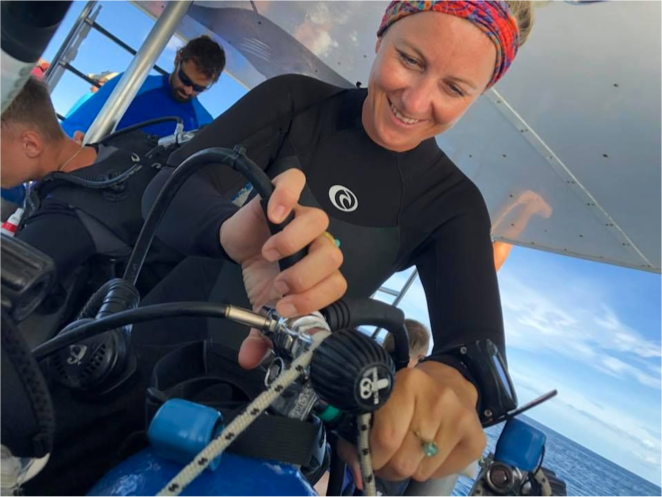
Top Scuba Diving Spots You Can't Miss
Costa Rica has many breathtaking dive sites that appeal to divers of all levels.
Discover Cocos Island through liveaboard trips, offering exclusive access to its clear waters and diverse marine life. If you prefer more options, you can explore the Bat Islands and Catalina Islands with land-based tours or liveaboard trips.
Our team at Bill Beard's Costa Rica can help you choose the best location to enjoy spectacular diving in Costa Rica. Just tell us the type of diving and accommodations you wish for, and we'll take care of the rest.
Here are some of the most popular destinations:
Manuel Antonio
Part of a biological reserve, this small island located on Costa Rica’s SW Pacific Coast near the Osa Peninsula is a beautiful diving…
Read more
Uvita y Herradura
Part of a biological reserve, this small island located on Costa Rica’s SW Pacific Coast near the Osa Peninsula is a beautiful diving…
Read more
Drake Bay
Part of a biological reserve, this small island located on Costa Rica’s SW Pacific Coast near the Osa Peninsula is a beautiful diving…
Read more
Guanacaste - Playas del Coco and Playa
Hermosa
With the closest accommodation to the Liberia (LIR) airport, this area provides an excellent base for scuba diving vacationers…
Read more
Guanacaste - Playas Flamingo and Tamarindo
Located about an hour and a half from Liberia (LIR) airport, this area offers local dive trips to the Catalina Islands. Long-range dives…
Read more
Bat Islands
Considered the best land-based dive sites in Costa Rica, this action-packed area is located in the Pacific Ocean, in the northern
Read more
Catalina Islands
Renowned for its sightings of white-tip reef sharks, schools of cow-nosed rays, and mobula (devil) rays, the Catalinas are a cleaning …
Read more
Caribbean Coast
The Caribbean side of Costa Rica, particularly Cahuita and Manzanillo, has very limited dive options but offers excellent snorkeling…
Read more
Cocos Island
This UNESCO World Heritage Site, one of the top five dive sites worldwide, is located 342 miles off the Pacific Coast of Costa Rica…
Read more
Dive and Adventure Vacations in Costa Rica
Costa Rica offers the perfect setting for your dream vacation with uncrowded resorts, hotels, and beaches. Don't wait—start creating memories that will last a lifetime today!
FAQ's
Both the Pacific and Caribbean sides of Costa Rica offer unique diving experiences. The Pacific side is known for its larger marine life, such as sharks, rays, big schools of fish, and volcanic rock formations. On the contrary, the Caribbean side has more diverse marine species.
Scuba diving in Costa Rica is safe with certified dive operators who adhere to safety standards, experienced instructors, and well-maintained equipment.
Yes, you need to be certified to scuba dive in Costa Rica. Most dive centers require proof of certification (such as a PADI Open Water Diver certification or equivalent) before allowing you to dive independently.
However, if you're not certified, we offer introductory dives or certification courses that allow you to experience diving under the supervision of an instructor.
Yes, you can dive with sharks in Costa Rica. You'll find bull, hammerhead, and whale sharks here.
